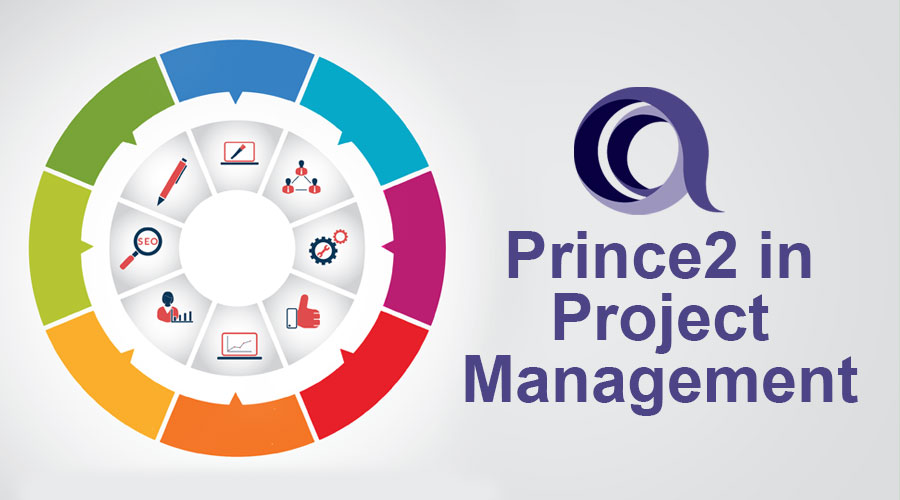
Project Management
All planning starts with a plan, not an idea and obviously not a spell-perfect plan. The plan includes the objectives, the time to achieve the objectives, the resources available to achieve the objectives and it also includes the human resources that are required to achieve the objectives. A mission statement should state the objectives, the time required to achieve the objectives and also the human resources that make it possible to achieve the objectives. The mission statement is usually implemented with a project charter which is a detailed document describing the objectives and time to achieve them in detail. As can be found on a PRINCE2 practitioner training courses uk.
Assets and Limited Liability Foundation
Proper and effective project management requires a solid plan with the objectives, the time to achieve the objectives, the resources available to achieve the objectives, the human resources that are required to achieve the objectives, a clear project charter and if necessary, a legal document known as a Limited Liability Foundation (LLF).
The top three of these elements are necessary in order to reduce the risk to an organization and someone who, for example, loses their job or is injured at work.
A project charter is not only essential for the project but also necessary for any other type of legal requirement, for example a contractor or supplier, or an insurance requirement.
Project management entails reviewing jobs before they are started, monitoring the work that is being carried out, setting controls, and reviewing job progress and implementing corrective action, if necessary.
Projects
When an organization plans a project, it demands a structure and a plan. For example, when undertaking the construction of a building there is a project called the planning. There is also a project called the construction, which is the work that is needed to achieve the project goals. Then there is another project called management, which is management of resources, the primary goal of the project is to produce a better project than the planning. It is also the management of the contacts in order that the work can be completed in an effective manner.
All planning, or the organization’s project management activities, are categorized into projects. When establishing a plan, the organization needs to determine which projects are to be considered for the plan, for example a fabric cleaning job, is not a project. If it is a cleaning job, then the project qualifies as a project.
Once consideration is given to the big picture, the top levels or the project elements need to be planned with care. Planning the project is necessary and essential, but staff training is also required.
Forward Steps
In the case, of manpower that is asked for a process, the role of the personnel, or the project staff, could be included. This could be a projected schedule of the work to be carried out, advertising, recruitment, scheduling and training.
Training is essential in maintaining and updating the job skill levels. It may be necessary, for example in some trades, to undergo on-the-job training, and would be considered a significant project. Compliance with regulatory requirements is also a significant project. Not all projects require planning. For example, a construction project may classify as a contingency project. In this majority of cases, contingency projects can be managed effectively and successfully. However, planning is essential for the success of such projects.
The planning associated with and dependent on special projects needs to be included in the plan.
Projects can have more than one objective and one or two and more than one goal may be identified.
Each project will have its own costs and performance indicators. Typically, the cost of the identified requirements would be considered the start of the project and the actual expenses would be considered the end of the project.
Using a program management system means that a plan, and the more important participants, will develop in a synergistic way. Skills and techniques will be well suited to the want and need of each project. The capability of the staff and the organization will be evaluated when the project is progressed.
Projects are a necessity and can also be effective alternatives, when the need becomes apparent.
The reasons to initiate a project are significant. Project management is a necessity to meet needs. The advantage of projects is that they save time and can be very effective alternatives when the basic planning exists. They can act as a stop-over or a time to start tool, for controlling projects in the organization.
Organizations that have to generate new plans on a regular basis or continuous adjustments of existing plans, will benefit by the use of a project plan. These tasks usually require budgeting, scheduling, training, and coordination.